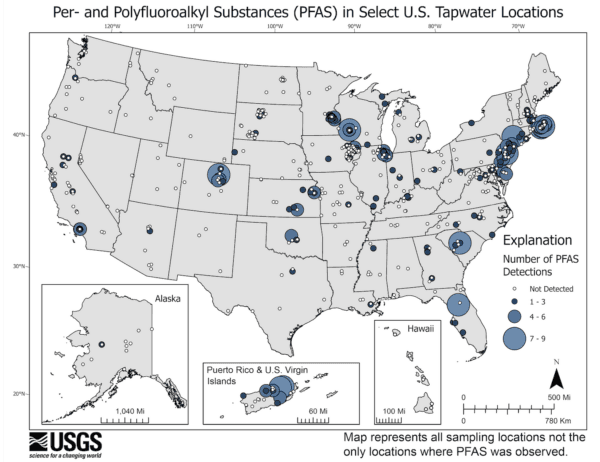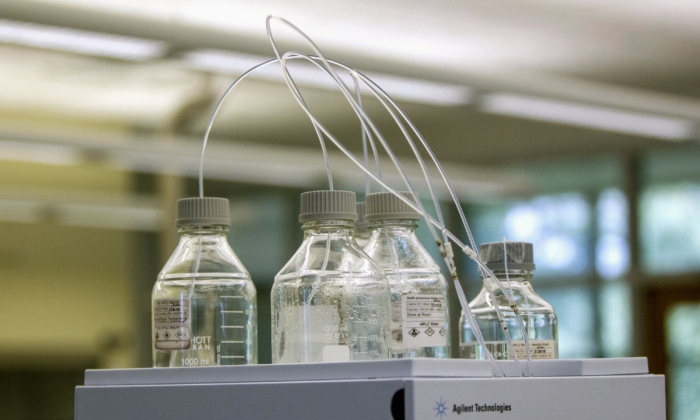Industry Groups File Lawsuit Against EPA for Regulations on Forever Chemicals
The groups claim that the conclusion of the EPA rule was made without proper scientific research and implemented without congressional oversight.
Industry advocacy groups have come together in a lawsuit to stop the federal government’s new “forever chemical” regulations set to take effect on June 25.
The National Association of Manufacturers (NAM) and American Chemistry Council (ACC) filed a “petition for review” of the Environmental Protection Agency’s (EPA) final rule.
The EPA’s final rule establishes the National Primary Drinking Water Regulation under the Safe Drinking Water Act (SDWA) to reduce per- and polyfluoroalkyl (PFAS) levels in water.
The EPA’s final rule regulates six PFAS in drinking water: PFOA, PFOS, PFHxS, PFNA, and HFPO-DA (also known as GenX).
The EPA’s initiative was funded by a $2 billion grant from the Bipartisan Infrastructure Law.
The final rule requires public water systems to monitor these PFAS compounds and gives them three years to complete a review. By 2027, these systems must also start informing the public about PFAS levels.
Public water systems have five years to plan how to reduce PFAS levels. By 2029, systems with PFAS will face fines.
PFAS are unique organic compounds because they do not degrade like other compounds. They are used in products like stain and water-resistant fabric, Teflon, and fire-fighting foam.
Research shows that PFAS builds up in the body and can lead to health issues, including cancer.
The EPA found high PFAS levels in drinking water, prompting the final rule.
However, industry and chemistry council argue that the final rule exceeds the EPA’s authority under the SDWA and is arbitrary and an abuse of discretion.
They added that the rule was enacted without proper legal procedures and requested its cancellation.
The petition was filed after AWWA and AMWA filed a similar petition against the EPA, stating that while they support safe drinking water, the EPA did not follow proper scientific research and enacted the rule without congressional oversight.

They also argued that the rule will be costly for local governments and will increase water bills for users.
“The EPA has underestimated the costs of this rule and its impact on water users,” they stated.
A report from AWWA in 2023 indicated that local governments may need to spend over $50 billion to comply with the new PFAS standards over the next 20 years, leading to a 60% increase in operational costs for clean water utilities.
AWWA noted that new technologies alone cannot solve the issue of PFAS pollution in water.
“The cost of remediation technologies can vary greatly depending on contamination levels, remediation methods, and project scale,” AWWA explained.
In response to The Epoch Times’s request for comment, EPA press secretary Remmington Belford stated that the EPA cannot comment on ongoing litigation.
‘Rising Concern’
In July 2023, a U.S. Geological Survey study revealed that 45% of the country’s tap water is contaminated with PFAS, calling it an increasingly concerning issue.
The study highlighted the presence of PFAS in human plasma and their transmission through childbirth.
It also pointed out the link between PFAS and human health problems like developmental, metabolic, and immune disorders, as well as certain cancers.
The study identified various pathways through which PFAS can reach drinking water sources, including industrial releases, firefighting foam, and wastewater discharges.




